
| Recorded by: Melody McMichael on 2025-06-26
Forsyth Co.
Comment: | 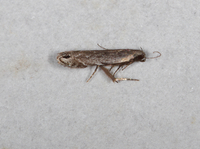
| Recorded by: Jim Petranka and Becky Elkin on 2025-05-23
Richmond Co.
Comment: |
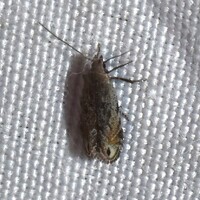
| Recorded by: Jeff Niznik, David George, Kaitlyn Elliott on 2025-05-08
Cumberland Co.
Comment: | 
| Recorded by: Stefanie Hedrick on 2025-04-25
Mecklenburg Co.
Comment: |

| Recorded by: John Petranka on 2024-09-28
Orange Co.
Comment: | 
| Recorded by: David George, Stephen Dunn, Jeff Niznik on 2023-08-10
Orange Co.
Comment: |

| Recorded by: Jeff Niznik, Stephen Dunn on 2023-07-26
Chatham Co.
Comment: | 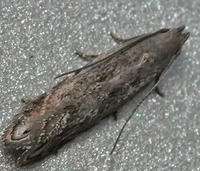
| Recorded by: John Petranka, Chuck Smith on 2023-05-12
Bladen Co.
Comment: |
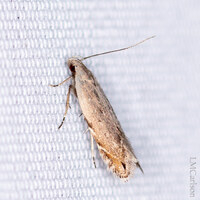
| Recorded by: David George, L. M. Carlson on 2022-05-04
Orange Co.
Comment: | 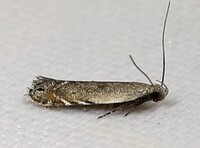
| Recorded by: Rob Van Epps on 2021-08-27
Mecklenburg Co.
Comment: |
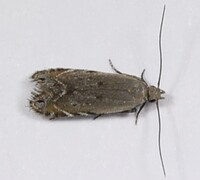
| Recorded by: Rob Van Epps on 2021-08-27
Mecklenburg Co.
Comment: | 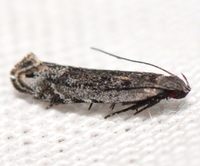
| Recorded by: Kyle Kittelberger, Brian Bockhahn on 2020-05-13
Moore Co.
Comment: |
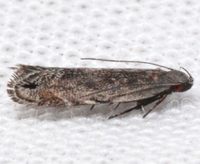
| Recorded by: Kyle Kittelberger, Brian Bockhahn on 2020-05-13
Moore Co.
Comment: | 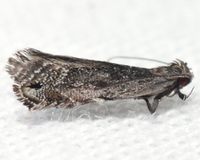
| Recorded by: Kyle Kittelberger, Brian Bockhahn on 2020-05-13
Moore Co.
Comment: |

| Recorded by: Kyle Kittelberger on 2014-08-24
Wake Co.
Comment: | 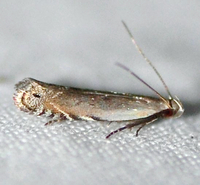
| Recorded by: Kyle Kittelberger on 2014-08-24
Wake Co.
Comment: |

| Recorded by: Kyle Kittelberger on 2011-07-30
Wake Co.
Comment: |

 »
»




 »
»


